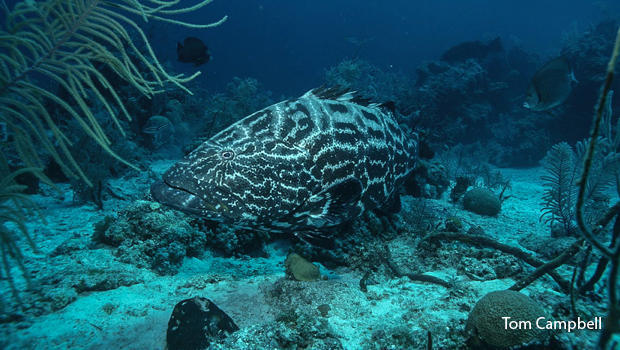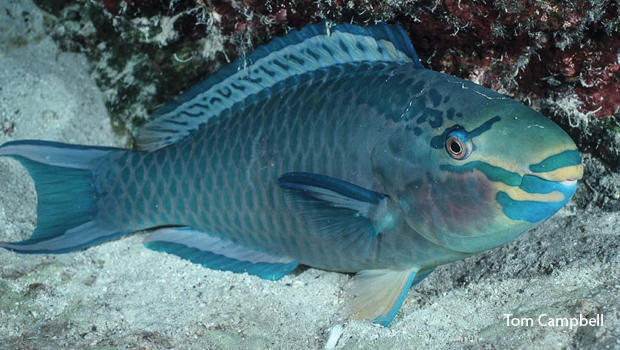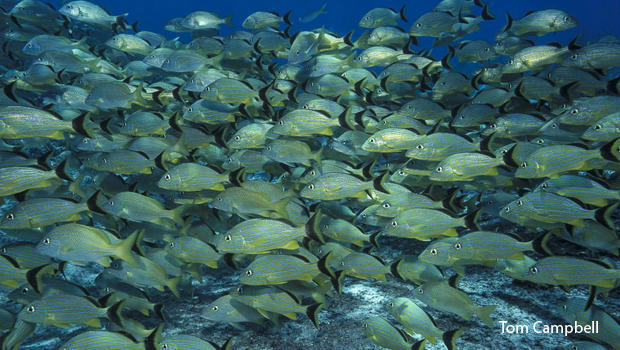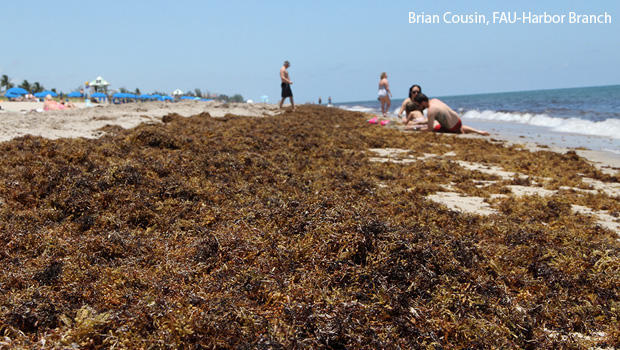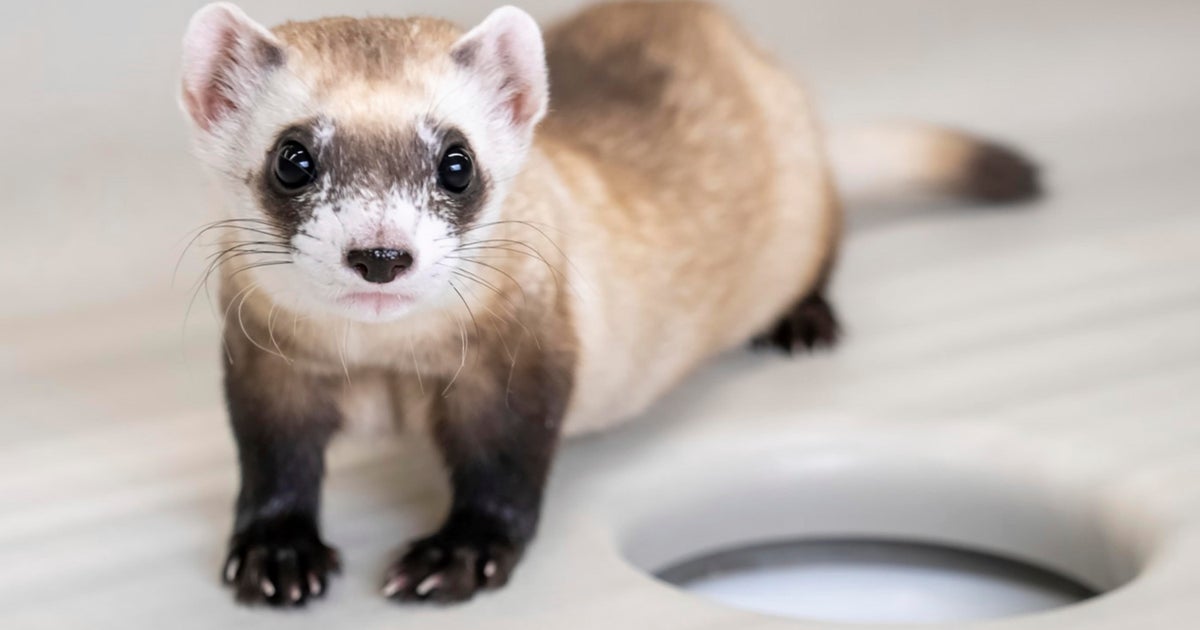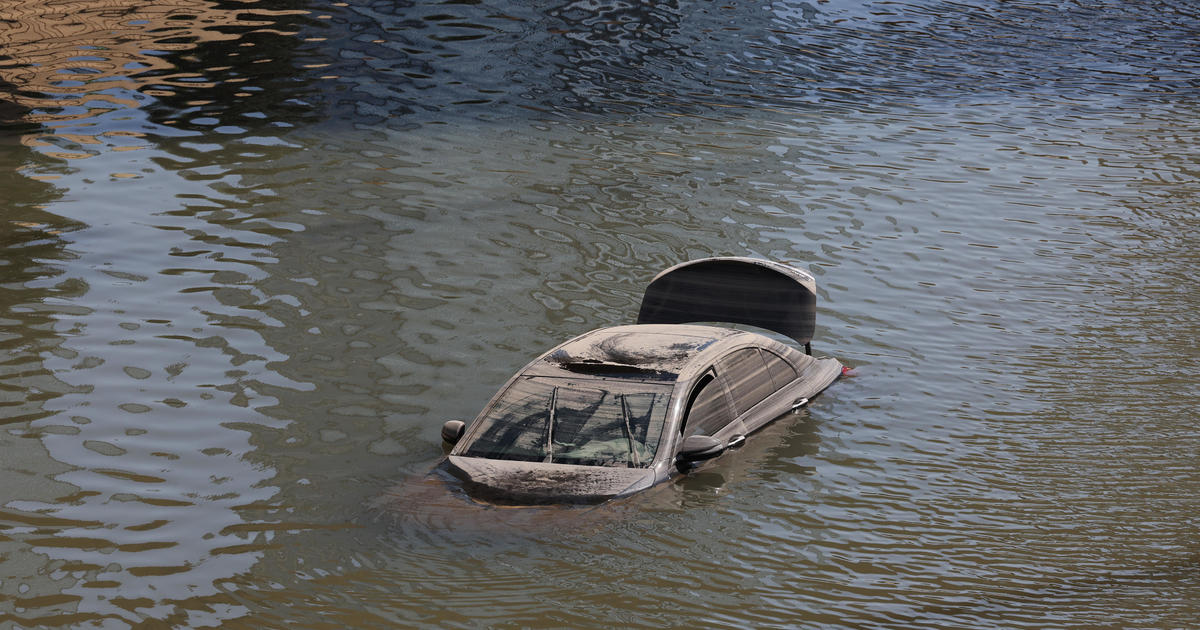Nature up close: Cancun reefs and Sargassum
By "Sunday Morning" contributing videographer Judy Lehmberg.
While we were in Cancun, Mexico, we were lucky enough to swim with whale sharks, which I wrote about two weeks ago. We also had several great snorkeling trips over the extensive coral reefs off the coast where we saw a multitude of coral species, sea fans, sea anemones, conch shells, sea turtles, stingrays and some amazing fish.
One of those fish was a huge grouper. I've always thought of groupers as big, lumbering galoots. But I was wrong. Groupers have something in common with coyotes and badgers in the Western U.S., and honey badgers and goshawks in Southern Africa; that is, they hunt together with another species, a moray eel. That's right, two totally different species form a cooperative relationship that is sometimes beneficial to one partner and sometimes the other.
If groupers spot a prey species dart into a small hole or reef crevice, they sometimes go looking for a hunting partner able to slip into openings in the coral that a grouper can't reach – like a moray eel. If a grouper finds an eel, it will shake its body to entice it out to hunt. If that doesn't work, it occasionally stands on its head which it then shakes.
Once the grouper and eel are at the crevice where the prey is hiding, the grouper does another headstand right over the opening as if to say, "Dinner is down there." The eel dives in and sometimes catches the prey and eats it, but if the prey has an escape hole, the grouper is waiting and snags a meal. So, sometimes the grouper wins, and sometimes the eel wins.
Parrotfish were also fairly common. I've always admired them because of their uniquely-designed mouths, which act much like a parrot's bill. Their teeth are tightly packed together at the front edge of their mouth, allowing them to scrape algae from rocks and coral. That scraping action does damage coral, as well as kill some coral animals, but it also prevents algal overgrowth and produces coral sand.
The life cycle of parrotfish is complex. Although some are females their entire lives and some exclusively males, most are sequential hermaphrodites – that is, they start life as a female and then change to a male later in life. Some male parrotfish are known as super-males that control a group of females and prevent other males from mating with them. If the super-male dies, the largest female changes sex and becomes a super-male.
The most common fish around the reefs were the blue-striped grunts. They form large schools which cruise the coral looking for clams, crustaceans, shrimp and marine worms. It is one of the species of fish that can result in ciguatera poisoning if eaten. The toxins produced by Gambierdiscus toxicus, a species of dinoflagellate, cause the poisoning. They are unintentionally eaten by grunts. When grunts are eaten by another fish, the toxin becomes more concentrated as it moves up the food chain. Therefore a species such as a barracuda, an apex predator, can have a higher concentration of toxins. The symptoms of ciguatera poisoning are not pleasant, but do not commonly result in death.
Another, more troubling species we noticed both over the reefs and along the shoreline was Sargassum, a species of seaweed that has lived in an area of the Atlantic Ocean, the Sargasso Sea for eons. Sargassum is a normal species to find in the Gulf and is quite beneficial as it provides habitat for many marine species, including sea horses, crabs, and some fish. It also increases the amount of oxygen in the ocean, and our atmosphere, which is produced as a byproduct of photosynthesis. I was surprised to see literally tons of Sargassum seaweed both along shorelines and floating in the ocean as we snorkeled. I knew the amounts were much larger than in the past. When I got back home I started reading about it. According to researchers from NASA, NOAA, University of South Florida, Florida Atlantic University and other institutions, the amount of Sargassum has radically increased in the last ten years or so in the Atlantic Ocean and the Gulf of Mexico.
Sargassum is beneficial in the right amounts, but too much of it makes it difficult for some animals to move and breathe. It falls to the bottom and smothers sea grass, coral and the other animals that live on coral reefs, and literally suffocates intertidal animals as it builds up on beaches where it dies and begins rotting. It costs the countries surrounding the Gulf of Mexico millions of dollars as they attempt to get rid of it on tourist beaches. We stayed at a hotel right on the beach, and every day there were men out raking seaweed up from the beach.
The research so far indicates the increase is human-caused, by a combination of climate change and increased logging along the Amazon, causing erosion and the release of nutrients (including fertilizer) inadvertently dumped into the river during rains. While there has been an increase in ocean temperatures due to climate change, a shift in upwelling patterns along the West African coast, resulting in more nutrients drifting to the west, is a disturbing example of how human activities in one area can negatively affect organisms thousands of miles away.
Judy Lehmberg is a former college biology teacher who now shoots nature videos.
For more:
- Judy Lehmberg (Official site)
- Judy Lehmberg's YouTube Channel
To watch extended "Sunday Morning" Nature videos click here!
